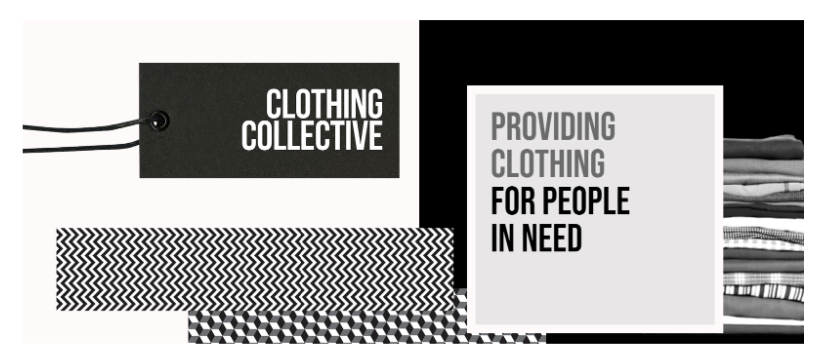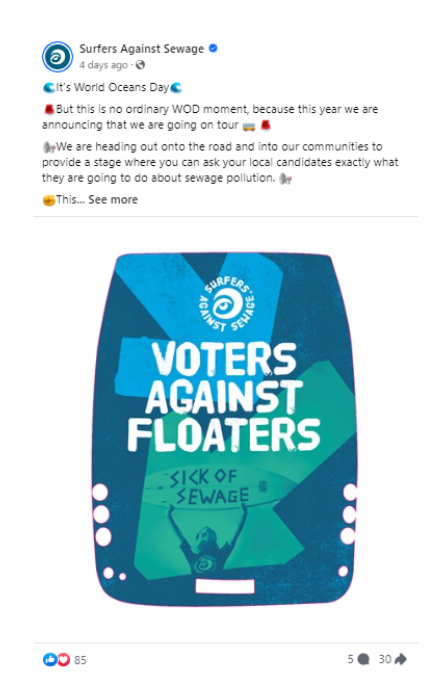

As anyone who works in the sector knows, small charities often find themselves competing with larger, more established organisations. With limited budgets and resources, establishing a strong brand might seem daunting or even unimportant compared to quantifiable tactical activity.
But it’s through branding that small charities can start to level the playing field and create an outsized impact.
Consistency is central to brand success. It’s a powerful tool that can build recognition, trust, and loyalty. This guide will help you understand how brand consistency can help your organisation across 3 major areas:
- Building trust
- Recognition and recall
- Engagement and loyalty
What is brand identity?
Before exploring brand consistency, it’s important to understand identity.
In simple terms, brand identity is the collection of visual, verbal, and experiential elements that make up how an organisation represents itself. It encompasses everything about the brand, including:
- logos
- colours
- typography
- messaging
- values
It’s important to recognise that brand isn’t just how something looks. A compelling brand identity is about conveying a clear and compelling message by combining multiple formats.
Case study: Clothing Collective
For example, Clothing Collective’s brand identity includes:
- a distinctive monochrome visual identity
- bold, block caps typography
- short, direct messaging

These elements complement each other to create an impression of the charity as being clear and focused on its objective. The brand is unambiguous, framing the cause as (literally) black and white.
The core message is simple and memorable (“Providing clothing for people in need”), establishing a clear narrative about the role of the charity. It represents both the problem (people need clothes) and the solution (we give them clothes), the black and the white.
This ensures the charity’s purpose is immediately comprehensible, reducing the space for objection.
What is brand consistency?
Brand consistency is simply making sure that the brand feels the same every time a person interacts with it. From the website to leaflets and letters, every interaction should tell the same story.
Consistent doesn’t mean boring. It’s about people being able to recognise your charity consistently and associate it with the cause you support. This can help to create a sense of reliability and professionalism, reinforcing your organisation’s credibility.
Building trust
For charities, trust is everything. Donors and supporters want to know that their money will be used wisely, so trustworthiness is a basic requirement for people to engage.
Consistency helps establish trust because it creates an impression that everything makes sense and gives people confidence in future outcomes. If a brand is consistent, it gives people more confidence that the organisation is well organised and will fulfil its promises.
In this 2023 study, the authors found that visual and verbal consistency both increase trust, noting that “…subjective consistency positively and uniquely predicts trust judgments and economic behavior [sic].” We rely on consistency to help us learn whether we can trust.
Conversely, we associate inconsistency with lying. We apply this heuristic in our daily lives and it’s a prominent feature in lots of professional fields, notably law and science. For example, when a jury is assessing testimony from a witness.
It’s the same dynamic between charities and their audiences: you need to be consistent for people to believe what they say.

Recognition and recall
Repetition is a crucial element in learning, helping to embed knowledge over time. Consistent repetition of brand elements in different spaces help people build a picture of the brand, improving recognition and recall as they build familiarity.
Spaced repetition is a learning strategy where you repeatedly review things you’ve previously learned, adding increasing intervals of time between reviews. It’s considered a highly effective learning method.
Applying a consistent brand achieves a similar effect. As people come into repeated contact with the same brand elements across different channels and at different intervals, they reinforce their sense of that brand.
The repetition also helps them reinforce the link between the brand and the cause its associate it with. Think of iconic charity logos like the Red Cross or UNICEF’s blue globe. These symbols have become synonymous with humanitarian aid, instantly evoking trust and credibility in that area.
In contrast, inconsistency increases the mental effort it takes to process information, making it harder to remember. This means that brand inconsistency can undermine your efforts and make promotional tactics less effective.
Case study: Surfers Against Sewage
Surfers Against Sewage is a good example of a small charity that has used consistent branding to help build a large following.
The brand combines a range of elements including:
- ocean colours, warning colours (green and blue, red and yellow)
- a wave logo
- focus on people and communities
- activist messaging
- playful language (puns, rhyme, cliché)

Repeating these elements across touchpoints helps with recognition and recall and builds a clear, consistent picture of what the charity is about.
For example:
- the playful use of language links to the idea of community activism, which is represented through imagery and messaging
- the green/blue of the colour palette and the wave logo both reference the idea of a healthy ocean (the charity’s mission)

The logo itself also reflects well-known commercial surfing brands, Rip Curl and Quicksilver. This builds on people’s existing knowledge to strengthen association between brand and cause.
Engagement and loyalty
The third big benefit of brand consistency is ongoing engagement and loyalty.
Loyalty is and ongoing engagement is vital for a charity’s long-term success. According to research by About Loyalty, a charity that grows loyalty by one point will see a 20% increase in 3 year income.
Brand consistency can play a big role in this. When people consistently encounter a brand, they develop a sense of familiarity and affinity towards the organisation.
In addition, consistent branding helps reinforce the organisation’s values and mission. Studies even show that repeating messages helps to make them more persuasive due to people’s familiarity with them.
This can create an emotional connection goes beyond the initial interaction and keeps people engaged in the charity’s success.
Getting started with brand consistency
Creating a consistent brand from scratch is hard. But while there are challenges, the rewards far outweigh the obstacles.
Although it might seem like it’s all in the execution, consistency is a lot about what you start with. Small charities should focus on establishing a base brand and building over time.
Getting some of the basic materials in place will go a long way:
- Clear brand guidelines available to anyone creating content
- A cheat sheet of your main messages and when to use them
- A clearly-labelled bank of images and visual assets
- Templates for marketing materials
Making sure you have these materials and your team is using them will not only go a long way towards giving you a consistent brand, it’ll save you time in the long run too.
By prioritising branding as a strategic priority and getting the basics in place, small charities can achieve brand consistency and the benefits that come with it.




